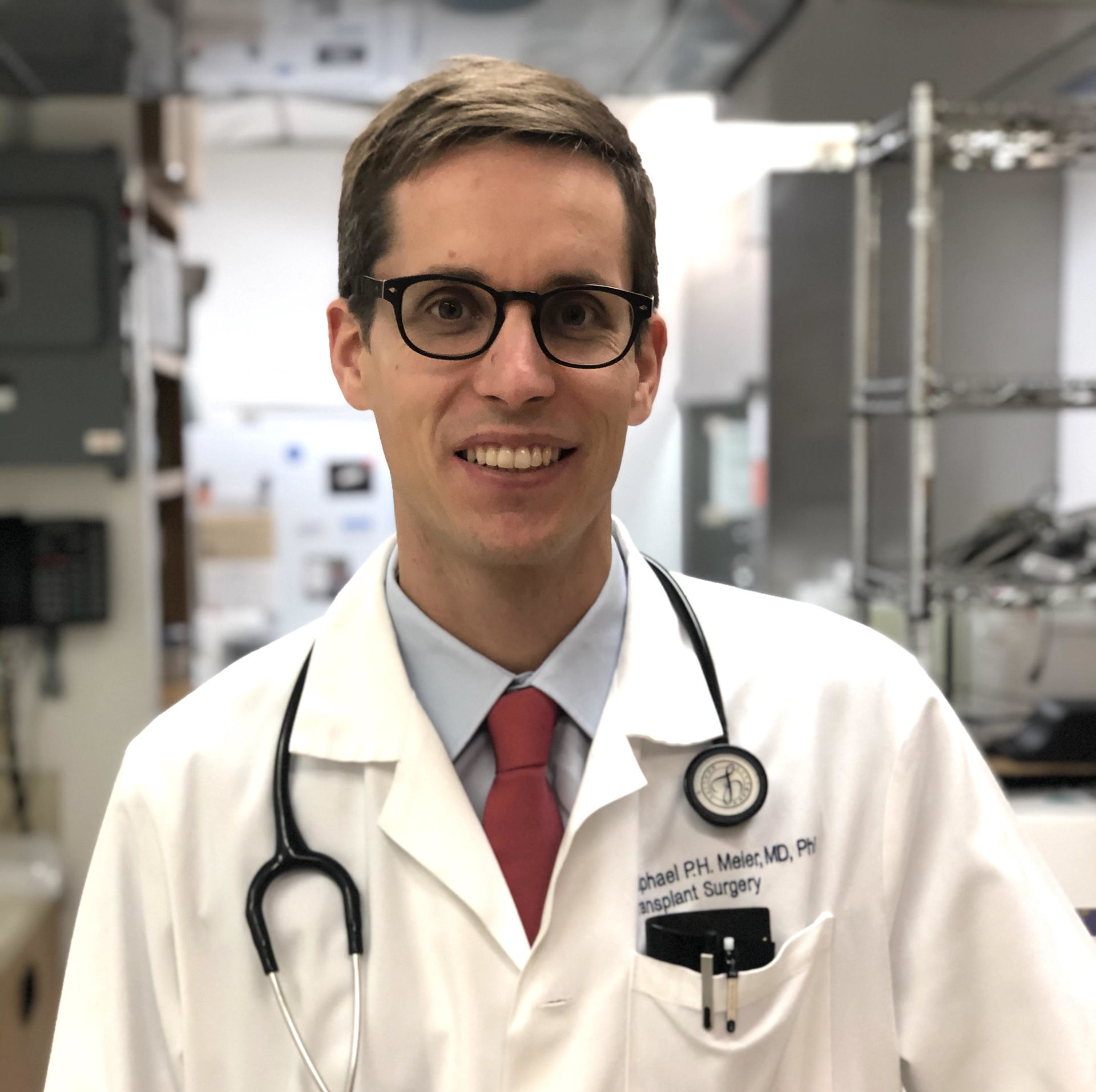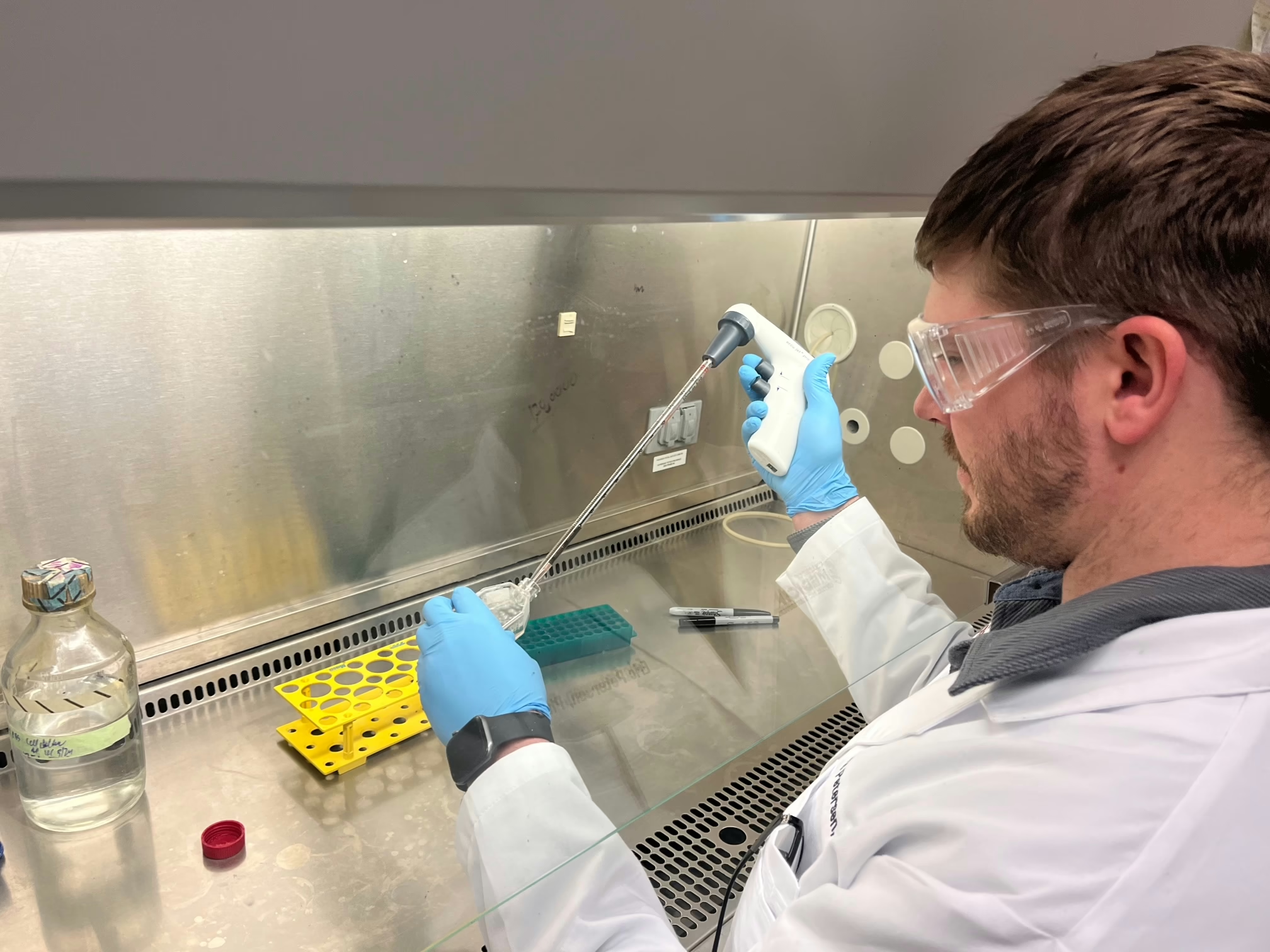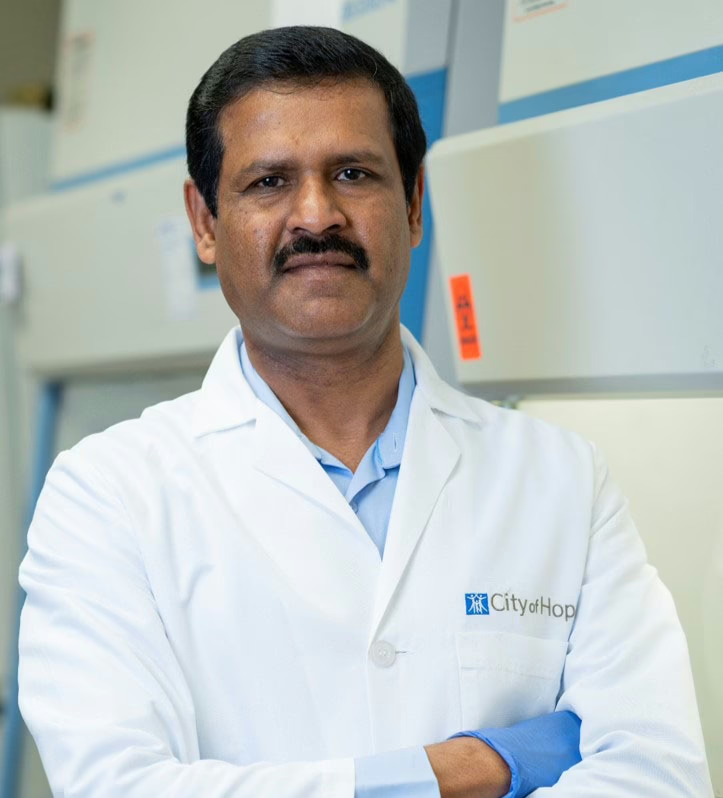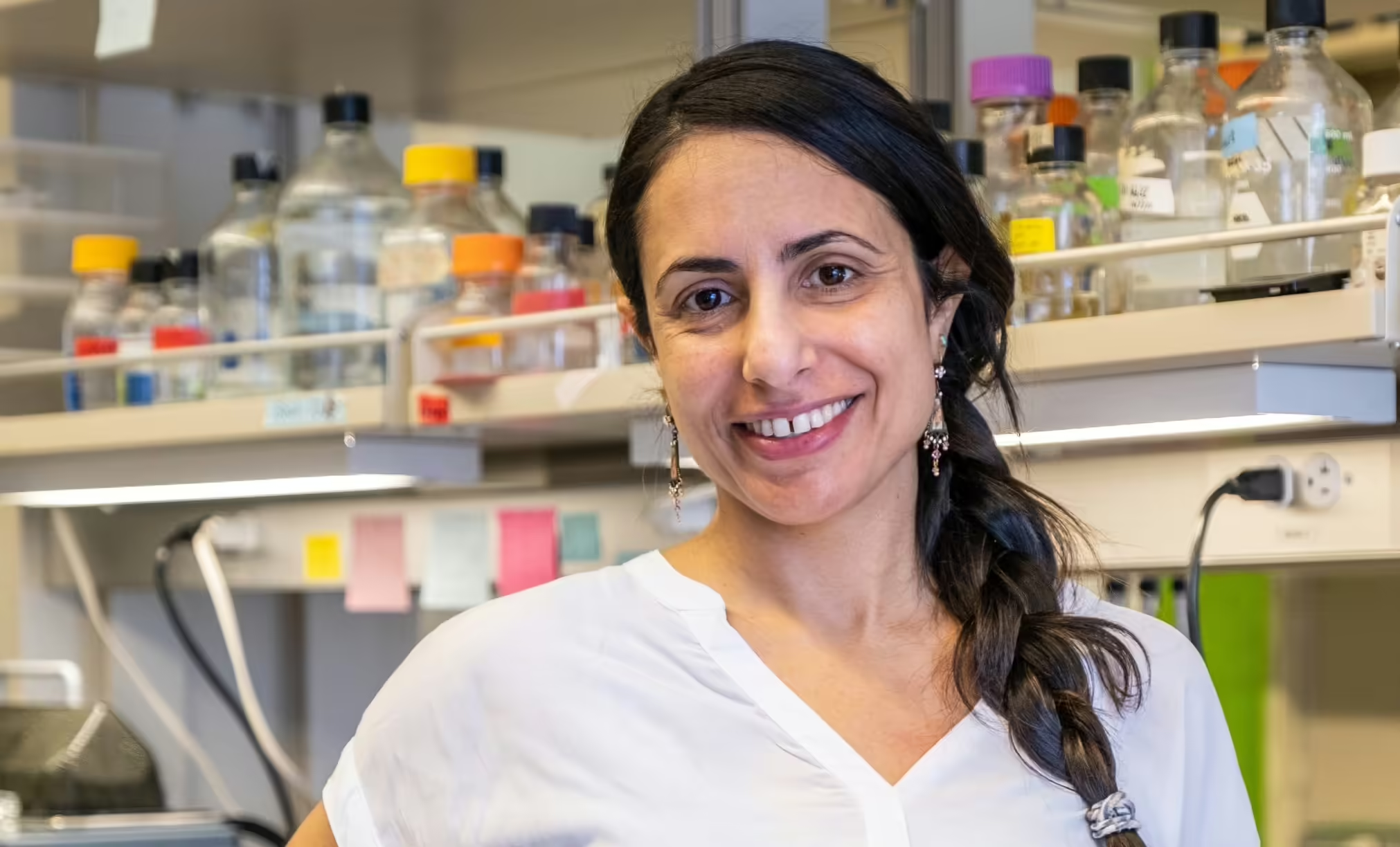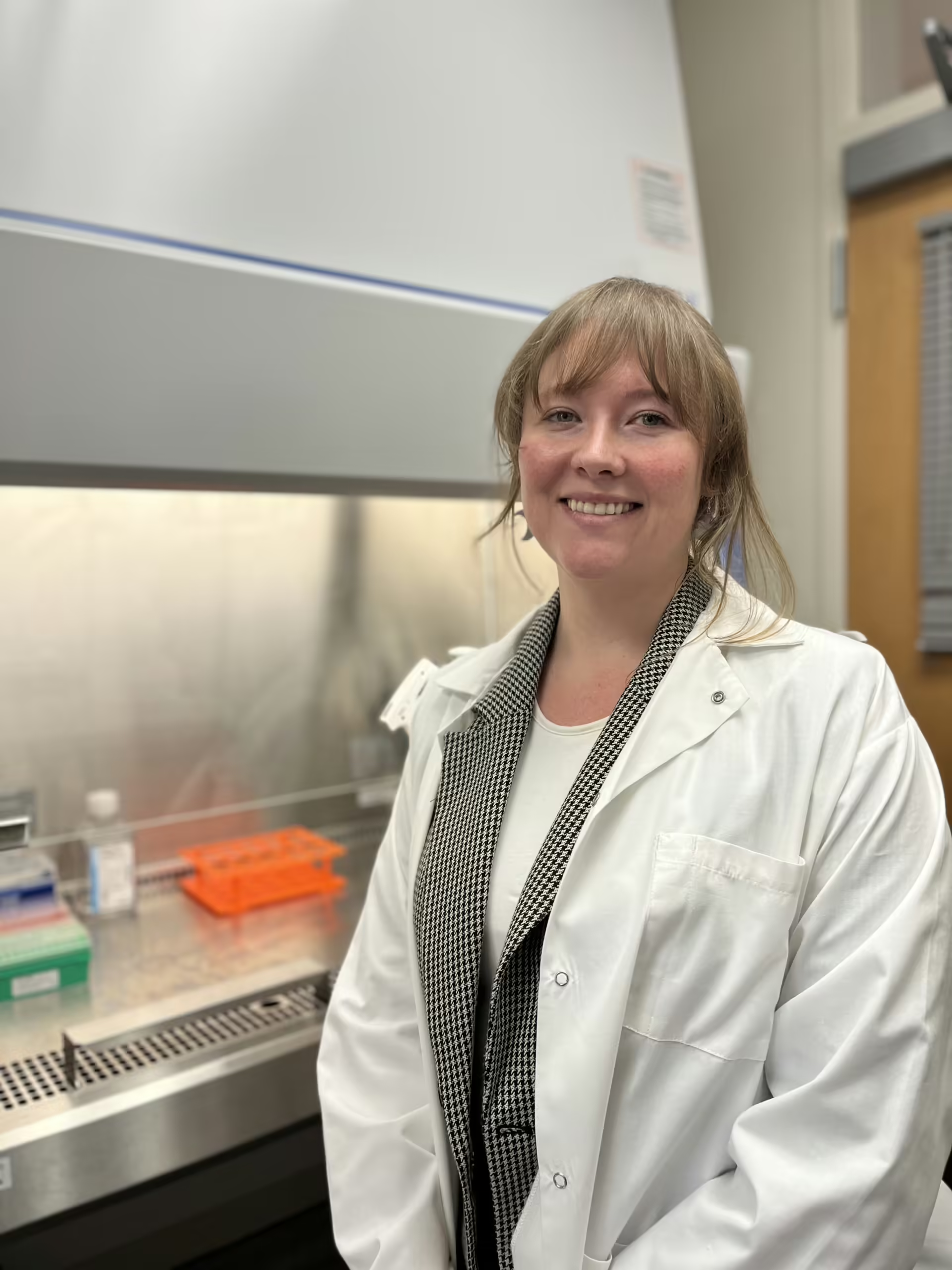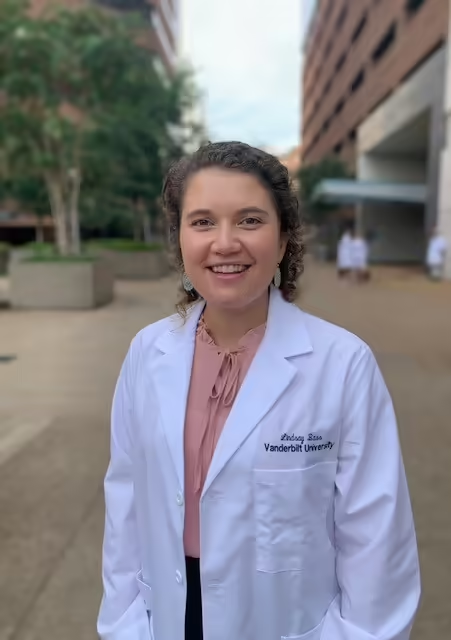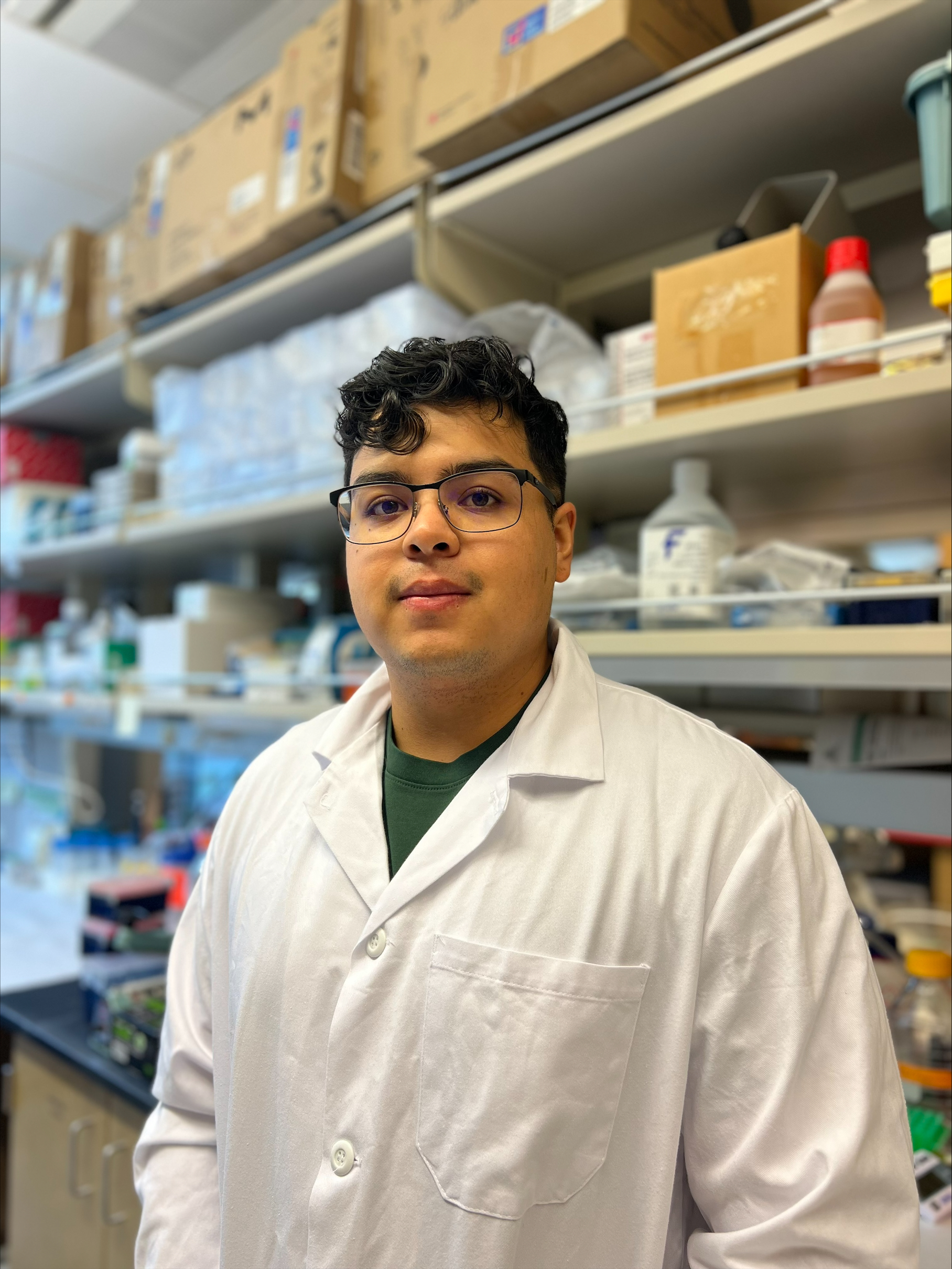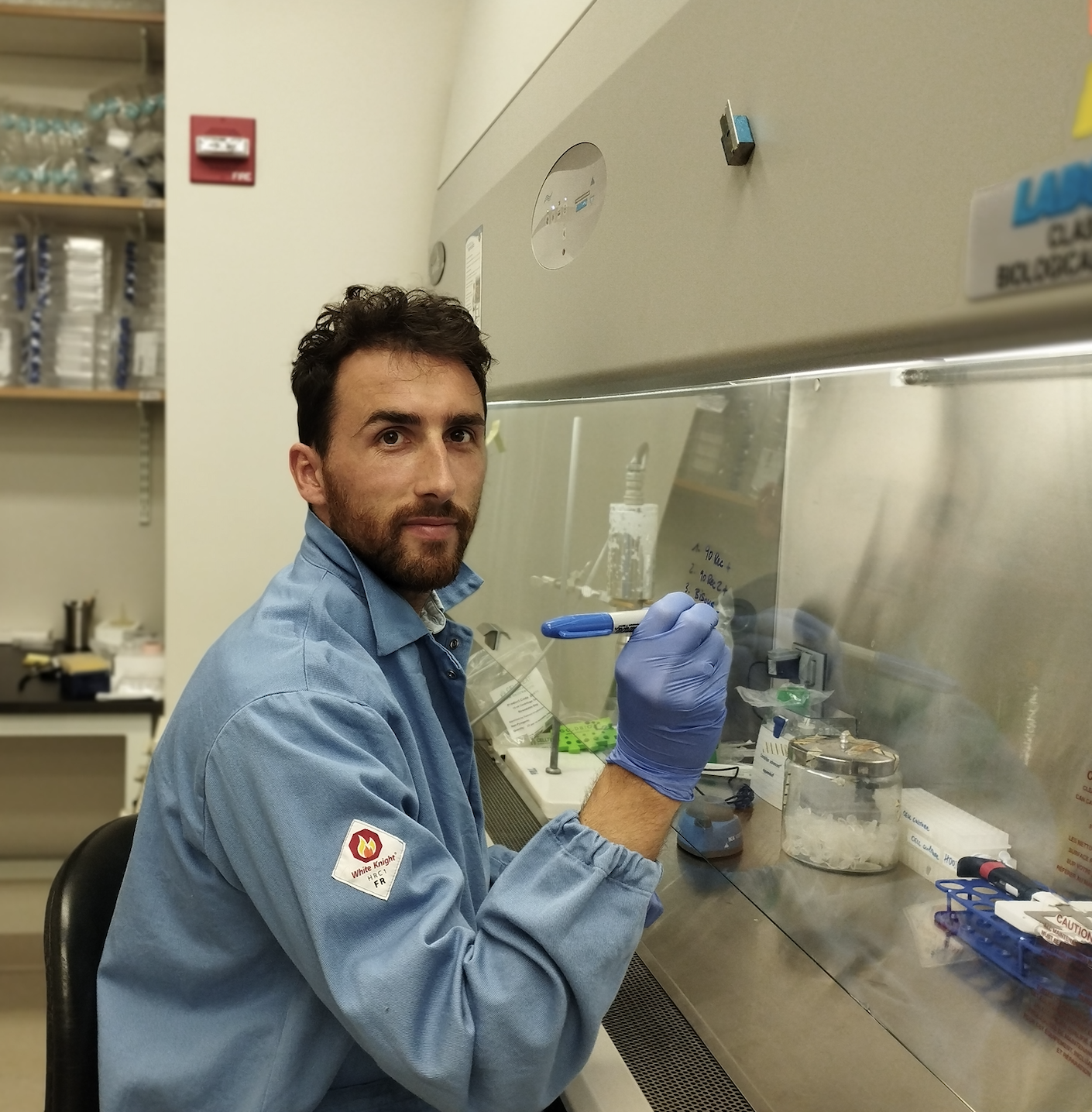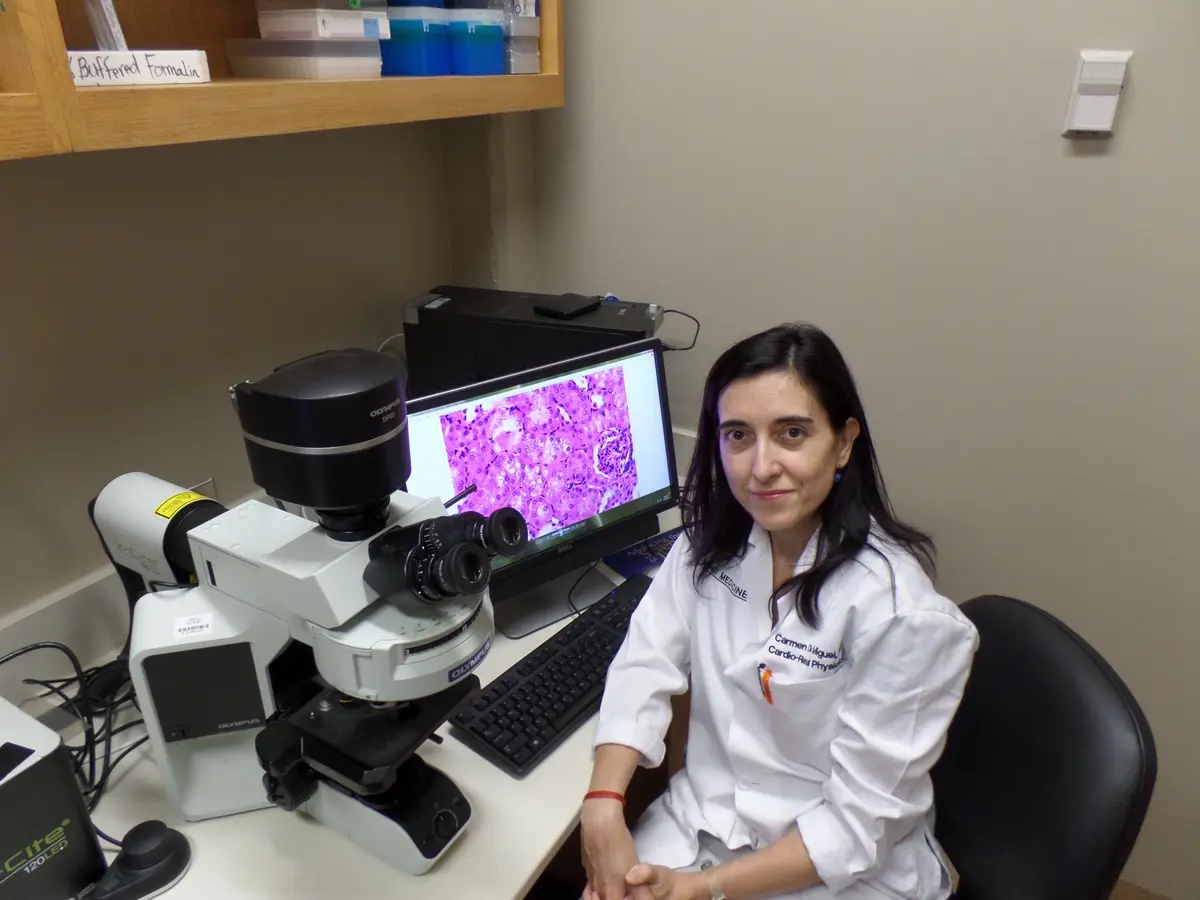Final Project Update
Thanks to the DRC support, we already made several original findings with the identification of genes related to β-cell function and their potential key role in insulin production. Our next steps are to identify the crosstalk with the liver and the peripheral tissue, and study mechanism that connect the identified genes and pathway with insulin secretion. Our long-term goal is to detect specific metabolic disease predispositions in pre-diabetic patients and find targets for potential new drugs, as well as the promote the optimal selection of pancreatic islet donors to offer a better chance of cure for type 1 diabetic recipients.
6-Month Project Update
Thanks to the DRC support, we already made several original findings with the identification of genes related to β-cell function and their potential key role in insulin production. Our next steps are to identify the crosstalk with the liver and the peripheral tissue, and study mechanism that connect the identified genes and pathway with insulin secretion. Our long-term goal is to detect specific metabolic disease predispositions in pre-diabetic patients and find targets for potential new drugs, as well as the promote the optimal selection of pancreatic islet donors to offer a better chance of cure for type 1 diabetic recipients.
Click HERE to see the full project update.
Project Description
Cell Silence can be golden to improving the cure for T1D
This ambitious research project will address two fundamental goals in the treatment of diabetes: 1) understanding the mechanisms leading to Beta-cell dysfunction, and 2) improving the chance of curing type 1 diabetes (T1D) with islet cell transplantation.
The transplantation of insulin-producing beta-cells, in the form of an entire donor pancreas or islet cells, are currently the only definitive cure for T1D. Despite improvements in islet isolation and transplantation, only 25-50% of patients remain insulin-free 5 years after transplantation. Several known factors influence the results such as donor age, body mass index, and genetics.
The aim of this project is to identify the genes associated with the function and survival of beta-cells. These cells are located within the pancreas and produce insulin in order to control glucose in healthy individuals. Beta-cells are destroyed by the immune system in T1D patients, but they can be replaced by new cell beta-cells isolated from deceased donor pancreases and transplanted via a single infusion to the patient’s portal vein which leads to the liver. The quality of these cells is critical to the success of the transplantation.
We will use a special chip to assess 200,000 genetic variations in each pancreatic islet donor in order to determine which of these many genes are crucial for beta-cell function. We will then silence these genes in beta-cells cultured in a petri dish to determine if this modifies their response to glucose. If the cells cannot secrete insulin in response to glucose, it would mean that the silenced gene is crucial to beta-cell function. We will also assess the same response in gene-silenced beta-cells when put in contact with muscle cells and liver cells.
The project has three fundamental potentials:
- Identification of key genes for the beta-cell function;
- Selection of the best donors to achieve a considerably higher cure rate for diabetic patients after pancreatic islet transplantation; and
- a better understanding of the mechanisms leading to diabetes in adults and children.

